
Developer: Frogwares
Publisher: Frogwares
Platform: PC, PS4, PS5, Xbox One, Xbox Series X|S
Tested on: PC
Sherlock Holmes: Chapter One – Review
Developer Frogwares has a bit of a history with Sherlock Holmes. Since 2002, they’ve released several titles starring the world-famous detective, on a variety of platforms. Although Wikipedia lists these games as a series, any narrative connections between the titles are tenuous at best, as they are presented as standalone stories with similar gameplay. As such, there is probably no better place to start than Sherlock Holmes: Chapter One, which serves as somewhat of an origin story. We put on our deerstalker cap and held our magnifying glass at the ready to deduce whether Sherlock Holmes: Chapter One is a game worthy of your time and money.
Story
As the title implies, Chapter One chronicles the early days of Sherlock Holmes’ career as a detective. Set on the fictional island of Cordona, where Holmes grew up, Chapter One tasks the player with solving a mystery that is very close to the 21-year-old sleuth’s heart: how his mother died. The answer to this question lies at the very end of the game’s plot, and before you’re able to find this out, there’s roughly 40 hours’ worth of other cases to solve. The game takes on a cinematic approach for the story elements, presenting the player with cutscenes that drive the overall plot forward. Accompanying Holmes is an individual named Jon (without an H, ruling out that this is dr. Watson), who -after the prologue- turns out to be a figment of Sherlock’s imagination. He is mainly there to serve as a way to visualize Sherlock’s inner monologue, and in all honesty, we could’ve done without him and would have preferred a voiceover instead.
Graphics
Chapter One is a decent-looking game, although it could have used some polish as there are some rough edges here and there, including jagged edges and minor flickering. Of course, Frogwares is a relatively small studio working with a fairly limited budget, so we can’t really hold them to the same standards as AAA studios. Keeping that in mind, Cordona is a well-designed and pleasant location, filled with small details that bring the open world to life. Despite being fictional, Cordona feels like a microstate that could exist for real in the mediterranean, and we found ourselves enjoying the vistas and feeling like a tourist on vacation, albeit in a location filled with crime and murder.
Holmes’ appearance can be somewhat customized as well, though this isn’t just a cosmetic feature but one that ties into gameplay as well, as you’re able to visit shops and purchase disguises. It’s a fun feature to mess around with and it showcases that Frogwares’ human models are rather impressive. We should point out that not all is well with Chapter One’s graphics, even keeping the studio’s limitations in mind: there is a minor graphical design choice that has a detrimental impact on the overall gameplay experience. Holmes can use ‘detective vision’, a rechargeable ability that points out objects of interest by marking them with a small dot. It’s often difficult to make this out, however, and occasionally there are similar objects in the vicinity -such as fireflies- that look similar enough to these dots that they are difficult to distinguish from one another.
Sound
Alongside the cinematic visuals comes an OST that wouldn’t feel out of place in a TV show about the world famous detective, though it doesn’t feel quite epic enough for the silver screen. It’s certainly memorable and evokes the right atmosphere though. Chapter One also features full voice acting, although the performances are all over the place and some characters feel like they are phoning in their performance. The main cast does a fantastic job -particularly young Holmes himself, who alternates between a tormented self and someone in control of the situation.
Gameplay
After a fairly short prologue section, Chapter One opens up to reveal a detective mystery game set in a large open world. While you’re mostly free to roam around on Cordona (apart from the sections the story doesn’t want you to go yet), the game is clearly structured around a series of cases Sherlock must solve. Each of the five major cases is a carefully crafted set piece, and although not every case is equally memorable, they certainly are varied enough to keep the player intrigued. While we’re not going to give away the solution to any of the cases, as that would be ruining the point of the game, rest assured that you’ll run into a bizarre set of situations, ranging from a killer elephant all the way to a serial killer that disguises his crimes through clever use of folk tales about sirens. As if that wasn’t enough, there are also several dozen side cases to take on, so you’re certainly getting plenty of bang for your crime-solving buck here.
The meat of the gameplay is in figuring out what exactly happened at a given crime scene, and thankfully, this is where Chapter One really shines. It’s incredibly satisfying to gather and analyze pieces of evidence and see how these fit against witness testimonies. The game makes it easy to visualize proposed reconstructions of events through silhouettes, and these can be manipulated and adjusted as new elements come to light, reflecting Holmes’ thought process. It’s very satisfying to piece all elements together and solve a case. Unfortunately, Chapter One’s crime-solving suffers from a major flaw: you’ll have to follow the exact logic the game lays out, even if you’re already two or three steps ahead in your thought process. It’s a common occurrence in mystery games, and even a slight deviation of the game’s idea of a perfect deduction can grind the game to a frustrating halt.
It’s also possible to entirely get a case wrong, which adds some realism as Holmes is still a rookie at this point in the story.This is made more aggravating by Sherlock’s imaginary friend Jon, who is supposed to provide helpful advice when the game notices you are struggling with linking the right pieces of evidence together. In practice however, Jon’s role is relegated to criticizing you from the sidelines instead of providing hints. It’s a shame that this element of the game was worked out so poorly as Jon’s whining proves to be more annoying than helpful.
Holmes’ family manor serves as a sort of hub area as well as a key location to solving Chapter One’s biggest mystery. As you progress through the game, new rooms are unlocked and more furnishings can be placed, including paintings and furniture. As the manor slowly but surely is restored to its former grandeur, the history of the Holmes family becomes more fleshed out. It makes sense for a prequel story to tackle this lesser-explored aspect of the character. Naturally, Mycroft, Sherlock’s brother, makes an indirect appearance here as well: years prior to the events in Chapter One, he hid Sherlock’s prized coin collection all over the island. The coins are still hidden around the island, and they serve as collectibles that you can track down, adding some more longevity to the game -not that it needed it.
It’s not all crime-solving either: Cordona has a surprisingly large amount of criminal lairs that Sherlock needs to infiltrate and take down. From a narrative point of view, it’s a bit of a strange choice to have a detective go vigilante on a gang, rather than simply call in the cops, but doing so felt incredibly satisfying. The gameplay reminded us of taking down criminals as Batman in Rocksteady’s Arkham series somewhat, albeit less fleshed out. For the most part, taking down these criminal hotspots was relegated to side cases, and you could skip most of them if you wanted, but we found ourselves actively tracking them down -after all, isn’t the point to make Cordona a safer place for its inhabitants?
That mindset ties into Chapter One’s addictiveness. Despite the urgency of the main plot, we found ourselves getting caught up in doing side cases instead. Even cases that looked incredibly simple at first glance, such as a fight between two drunkards, turned out to have a conclusion that caught us off guard. Solving a side case might open up several others too, hooking you in. Cordona might not be the most tourist-friendly location, but if you love figuring out who murdered someone, and why, then we couldn’t think of a better getaway.
Conclusion
Chapter One is a diamond in the rough. There are some small annoyances, such as Jon’s incessant whining or the minor visual blemishes, but overall, solving cases is fun and addictive and well worth any mystery game fan’s time. The game takes some liberties with the Sherlock Holmes canon, and some elements simply don’t make sense -such as Mycroft’s hidden coins not having been found by anyone else- but if you can suspend your disbelief just enough, then there’s a good chance you’ll end up enjoying your time in the company of young Mr. Holmes.
Sherlock Holmes: Chapter One - Review,2 Comments
Leave a Reply
You must be logged in to post a comment.


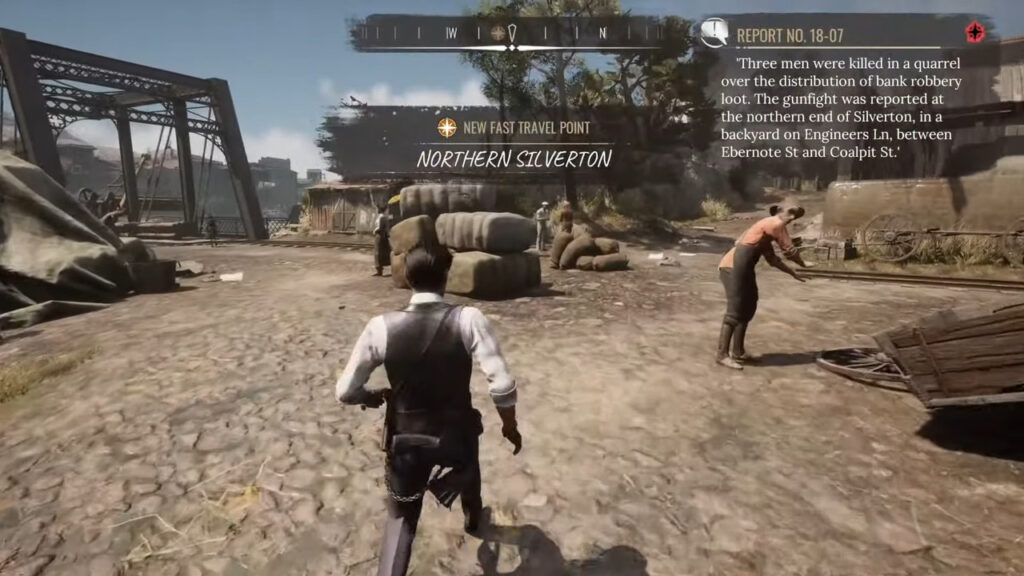
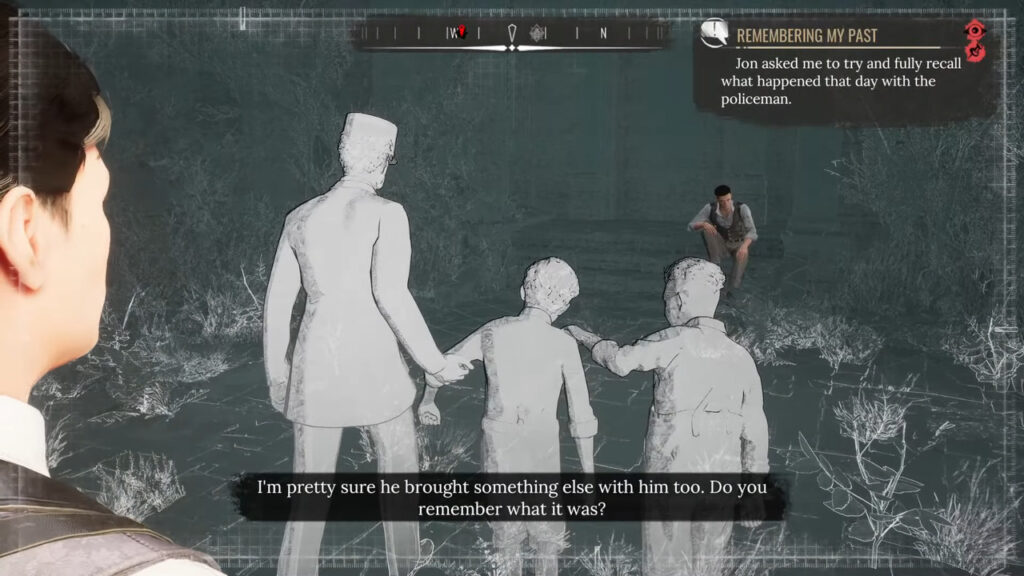
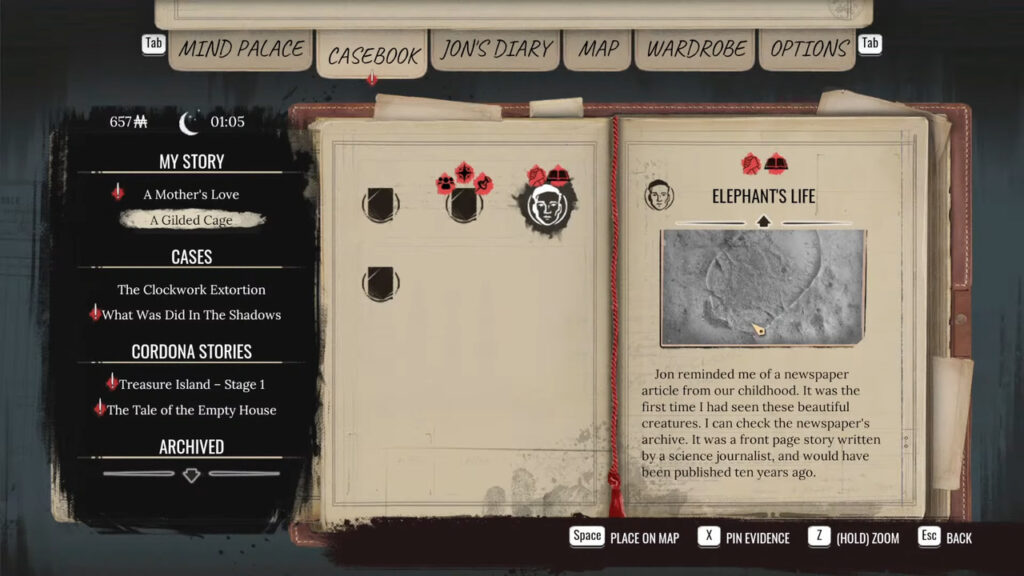
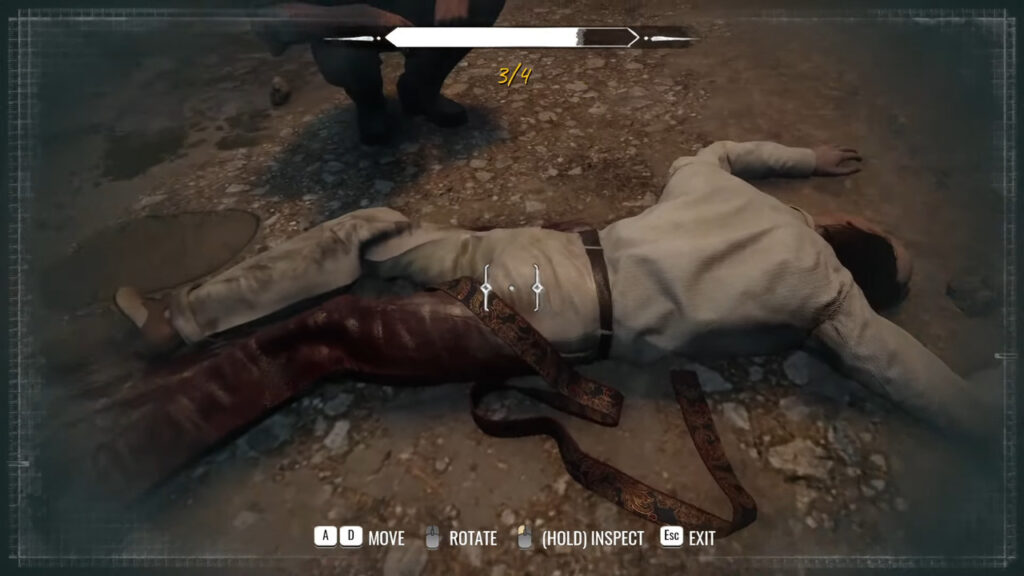
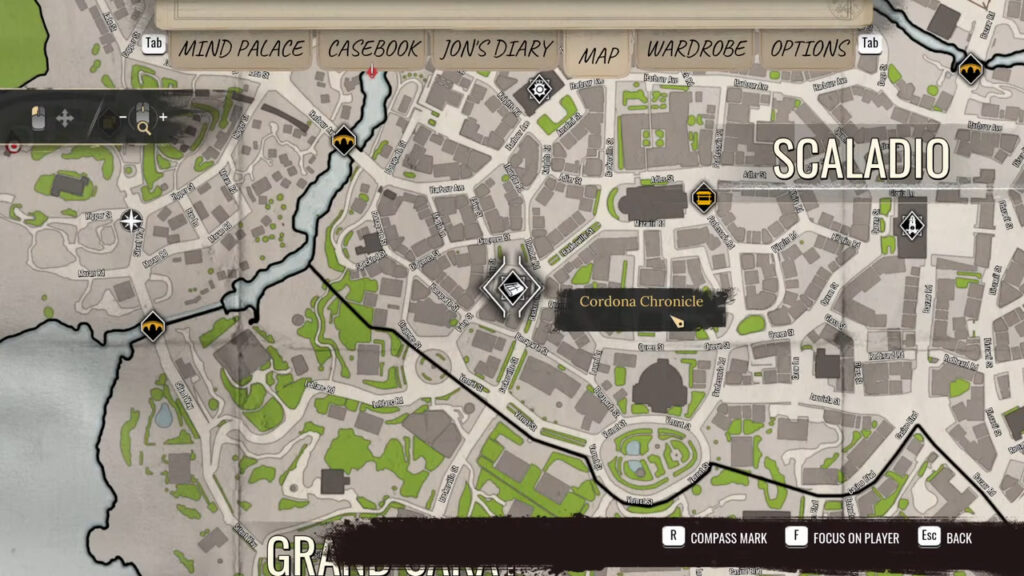




[…] have just released the first of three major bonus stories for Sherlock Holmes: Chapter One. In this hour-long story mission, Sherlock will have to face off against a master thief openly […]
[…] is for Mystery is the final paid DLC for Sherlock Holmes: Chapter One. This is a two-hour-long mission where a cunning spy has outsmarted one of Mycroft’s agents and […]